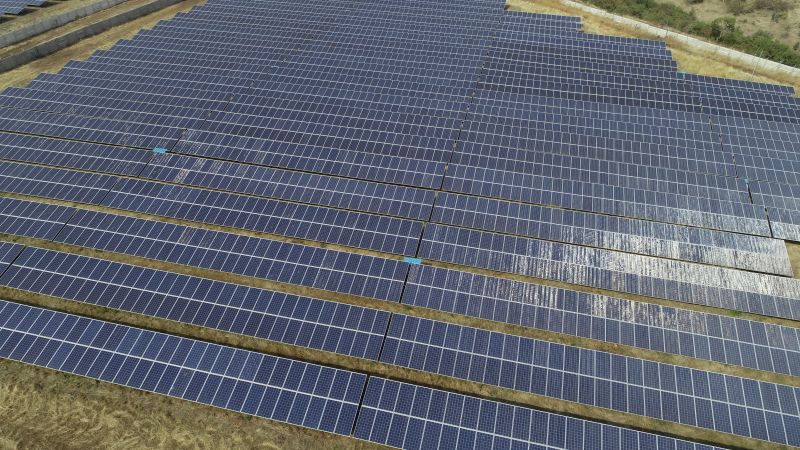ICRA estimates the green power to account for 40-42% of the total power mix by March 2025 compared to around 35% as of March 2023, for the cement companies in ICRA’s sample set.
The major cement players in the country aim to reduce their emissions by 15-17% over the next 8-10 years by increasing the share of blended cement, which uses less clinker and consequently less fuel, increasing the share of green power consumption through a mix of solar, wind and waste heat recovery system (WHRS) capacities. The effort is also to shift to alternate fuels.
Giving more insights, Anupama Reddy, vice president and co-group head, ICRA, said: “The capital outlay towards green power investments by the major cement companies for the planned addition of 537 MW green power (solar + WHRS) is expected at around INR 5,500 crore in the next two years, considering per MW installation cost of INR 12-13 crore for WHRS and INR 4-4.5 crore for solar plants. Such investments are likely to result in annual savings of INR 2,000 crore in power cost for these companies once their planned green power capacities become fully operational.”
The cement industry is highly energy intensive and is one of the largest consumers of coal (as primary fuel), only behind iron, steel, and thermal power. The electricity requirements of the cement industry have traditionally been met from the state grid along with coal-based captive thermal power plants. Additionally, cement plants use significant quantities of coal during the clinkerisation process emitting greenhouse gases, which adversely impact the environment.
The extent of emission depends on multiple parameters such as the clinker factor, power consumption per tonne of cement, the thermal substitution rate and the green power mix present in the company.
ICRA expects the share of blended cement in the portfolio of major cement companies to increase to 80-82% over the medium term from 77-79% in FY2023. In addition, the cement companies are looking to increase the proportion of Portland Slag Cement (PSC) in the blended cement varieties as its manufacturing involves the low clinker factor because of higher usage of slag, thus leading to lower emissions.
The increasing focus on green power is likely to lower the cement industry’s dependence on high-cost thermal power and grid for power requirements, thereby reducing the operating costs and the carbon footprint.
Commenting on the benefits of green power, Ms Reddy added: “Assuming a thermal power cost at INR 6.5/kWh, WHRS power cost at INR 0.75/kWh and solar power cost at INR 4.5/kWh, a 25% replacement of thermal power consumption by green power could lead to cost savings of around 15-18% and an improvement in operating margins by 140-160 bps for cement companies, while also reducing the carbon footprint.”
This content is protected by copyright and may not be reused. If you want to cooperate with us and would like to reuse some of our content, please contact: editors@pv-magazine.com.









By submitting this form you agree to pv magazine using your data for the purposes of publishing your comment.
Your personal data will only be disclosed or otherwise transmitted to third parties for the purposes of spam filtering or if this is necessary for technical maintenance of the website. Any other transfer to third parties will not take place unless this is justified on the basis of applicable data protection regulations or if pv magazine is legally obliged to do so.
You may revoke this consent at any time with effect for the future, in which case your personal data will be deleted immediately. Otherwise, your data will be deleted if pv magazine has processed your request or the purpose of data storage is fulfilled.
Further information on data privacy can be found in our Data Protection Policy.